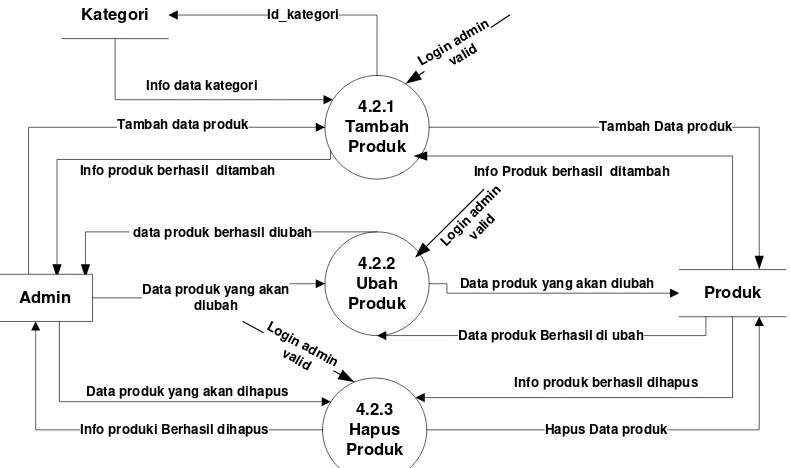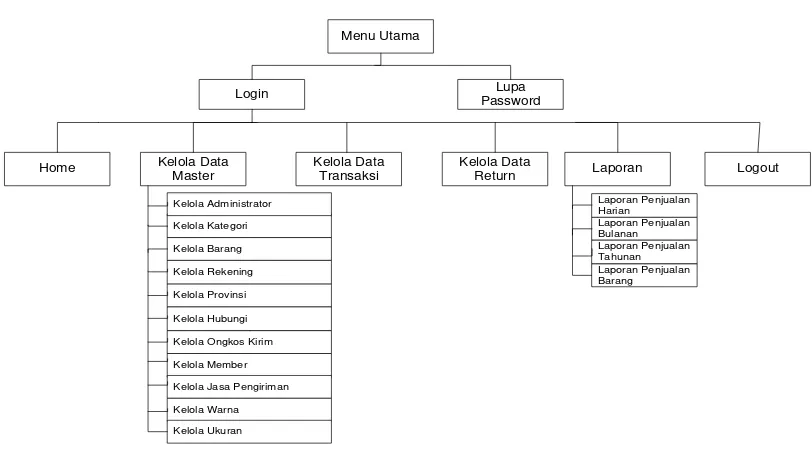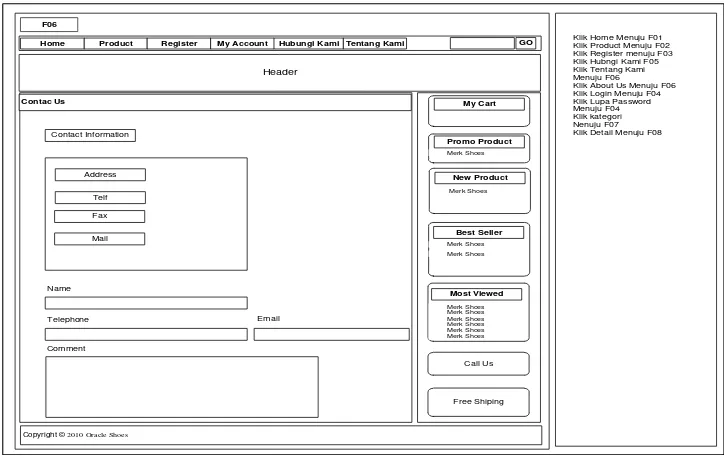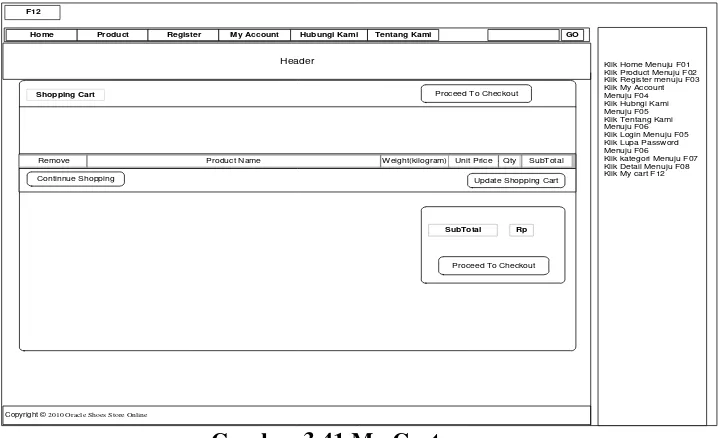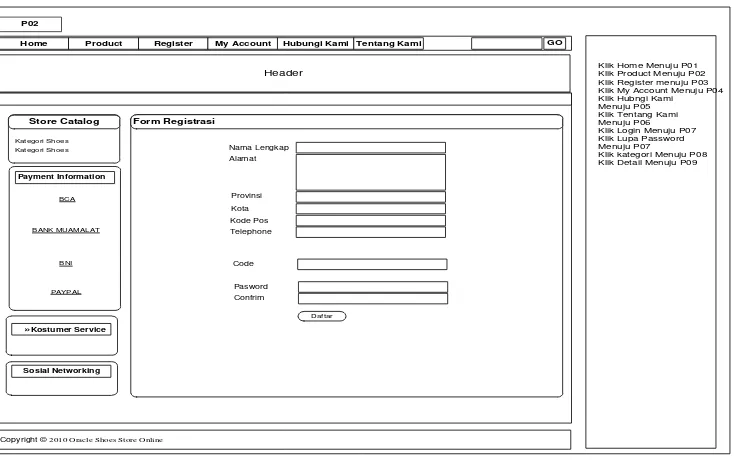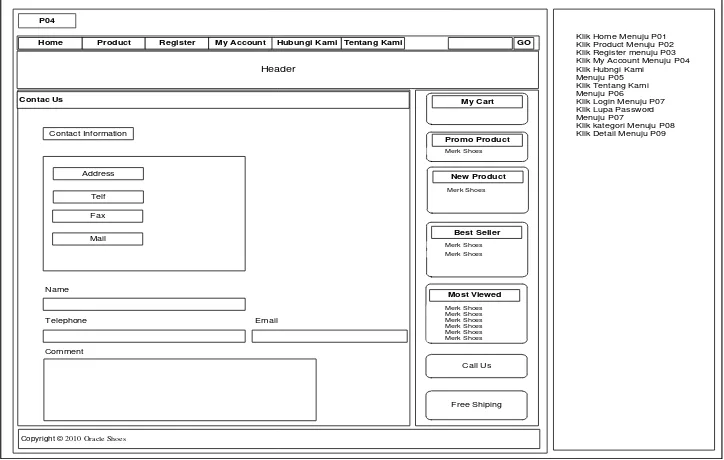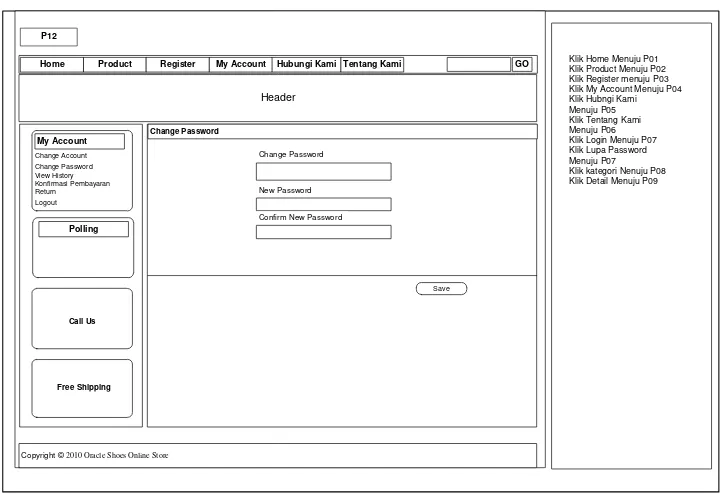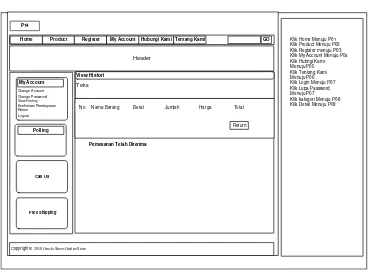I. Introduction
This research project, "Pembangunan Aplikasi E-Commerce Pada Toko Sepatu Oracle Shoes," focuses on developing an e-commerce application for Oracle Shoes, a shoe retailer in Majalengka, Indonesia, currently operating with a manual system. The study highlights the inefficiencies of the existing manual sales and reporting system, limited market reach, and ineffective promotional methods using only pamphlets. The primary objective is to create an e-commerce platform to streamline sales, expand market reach, enhance product promotion, and improve sales report generation. The methodology employed combines descriptive research, data analysis techniques, and the waterfall software development model.
1.1 Background of the Problem
The study identifies key challenges faced by Oracle Shoes, including inefficient sales and marketing practices reliant on in-person customer visits, a limited market scope restricted to Majalengka, and the ineffective use of pamphlets for promotion. These limitations hinder the business's growth and competitiveness in the increasingly saturated fashion market. The research underscores the need for a more efficient and effective system, highlighting the potential of e-commerce to overcome these challenges and enhance the business’s overall performance. The project directly addresses the need to enhance the business using a current technological solution that directly affects the business operations.
1.2 Problem Formulation
The research problem is explicitly defined as the development of an e-commerce application for Oracle Shoes. Three key problems are identified: the inefficiency of the current sales and marketing strategy; the limited geographical reach of the business; and the ineffectiveness of the current promotional materials. This clearly establishes the research goals and sets a focused direction for the subsequent stages of the project, allowing for a targeted approach to the solution's development.
1.3 Aims and Objectives
The main aim of this study is to develop a functional e-commerce application for Oracle Shoes. Specific objectives include simplifying sales and purchasing processes for customers, expanding the market beyond Majalengka, enhancing product promotion through the internet, and providing accurate product information to potential buyers. These objectives are directly aligned with the identified problems, providing a clear path to address the limitations of the existing system. The aims are practical and impactful for the business's operations.
1.4 Research Limitations
The scope of the research is carefully defined to ensure focus and feasibility. Limitations explicitly include the procedural aspects of the business (data entry, order processing, payment), administrative functionalities (product management, order management, payment processing), shipping management, reporting, and the features included in the application (social media integration, return management, product search). This detailed description of limitations enhances the reliability and validity of the research findings by providing transparency and setting realistic expectations for the project outcomes.
1.5 Research Methodology
The research employs a descriptive methodology, aiming to provide a comprehensive understanding of the existing system and its requirements. Data collection methods include literature reviews, interviews with stakeholders (Oracle Shoes owner), and observations of current business processes. The software development utilizes the waterfall model, which entails systematic stages of requirements analysis, design, coding, implementation, testing, and maintenance, ensuring a structured approach to software development and minimizing potential issues arising from inconsistencies.
1.6 Thesis Structure
The thesis is organized into five chapters. Chapter 1 introduces the background, problem statement, aims, objectives, limitations, methodology, and structure of the study. Chapter 2 presents a literature review covering relevant theoretical frameworks, concepts, and existing practices. Chapter 3 details the analysis and design of the e-commerce application. Chapter 4 discusses the implementation and testing procedures, including alpha and beta testing. Chapter 5 concludes with a summary of findings, key insights, and recommendations for future improvements.
II. Literature Review
This section provides a comprehensive review of relevant literature, including the background of Oracle Shoes, system concepts, data and information concepts, e-commerce principles, internet technologies, and the PayPal payment system. The literature review provides theoretical frameworks to understand the context of the research, guiding the analysis and design phases of the e-commerce application. It also examines existing practices in e-commerce development and deployment, including various models and best practices in the field.
2.1 Overview of Oracle Shoes
This subsection presents background information on Oracle Shoes, including its history, vision, mission, and organizational structure. Understanding the business context is crucial for designing a relevant and effective e-commerce solution. The information provided serves as a foundation for the subsequent stages of the research, enabling the researcher to tailor the application to the specific needs and characteristics of the business. This contextual understanding also improves the overall relevance and practical implications of the study.
2.2-2.10: Concepts of Systems, Data, Information, E-commerce, Internet, and PayPal
These subsections provide a detailed theoretical foundation for the research. Concepts like system characteristics, data and information quality, e-commerce mechanisms and features, internet technologies, and the PayPal payment system are thoroughly discussed. The depth of this theoretical foundation ensures the research is grounded in established knowledge and principles. It forms the basis for evaluating the success of the proposed e-commerce application and contributes to the overall academic value of the project. This thorough review allows for a comprehensive understanding of the underlying principles behind the design and implementation of the e-commerce platform.
III. System Analysis and Design
This section delves into the detailed analysis of the existing manual system at Oracle Shoes and outlines the design of the proposed e-commerce application. It includes requirement analysis, data modeling using Entity Relationship Diagrams (ERD), and functional modeling using Data Flow Diagrams (DFD). The design stage considers the user interface (UI) and user experience (UX) aspects of the application to ensure usability and appeal. It includes database design considerations and outlines the functionality provided.
IV. System Implementation and Testing
This section describes the implementation of the e-commerce application, using the chosen technologies and programming languages (PHP, MySQL, Apache). It details the development process and highlights the critical aspects of software testing. This includes alpha and beta testing phases, using black-box testing methods to evaluate the system’s functionality and usability. The results of the testing process, highlighting the application's performance and overall user acceptance, are presented.
V. Conclusion and Suggestions
This concluding section summarizes the findings of the research, evaluates the success of the developed e-commerce application in addressing the identified problems, and offers suggestions for future enhancements and improvements. This includes potential areas for further research and development based on the project's outcomes and limitations.
